Zeiss APO Sonnar 135mm f/2 (ZF.2) Review
Portrait:
135mm was one of the most popular longer focal lengths for many years. It makes a good relation between reach, size, speed and magnification. Today, with different size sensors, very fast tele-zooms and large resolution allowing more aggressive cropping, it is slightly less attractive, and should I say, less versatile.
At the beginning of this review, I mentioned that it is my favorite focal length for people shots, but at the same time there are not many other situation where I would grab one of my 135’s. Zeiss APO Sonnar 135/2, due to short minimum focus distance and nice magnification, opens new possibilities.
Getting back to portraits, I was impressed with Zeiss APO Sonnar 135mm f/2 during testing period, but as usual with such a fast and long lens, manual focusing is very demanding. DOF is so shallow, that it is hard to get eye in perfect focus and to have both eyes sharp, model should stand parallel to the focus plane.
Somewhat easier was to focus on Sony A7 cameras, because of the focus magnification, but acquiring focus is not the only challenge there… Even slightest movement of the subject, will cause blur problems.
Here is an example how shallow DOF is
You probably know all this, but following comparisons are thus rather informative than exact, because in order to give at least basic idea about how those lenses compare, I had to shot hand-held in variable lighting conditions and my dear models weren’t always stone still.
Normally, I would also post process all models photo (just like one above), because girls deserves it, being so kind to fit and make-up themselves on set and to work hard all day for just symbolic fee, in order to help verybiglobo.com and its readers.
They are professional models and they expect their images to be professionally retouched.
In this case however, I will make an exception and show you unprocessed comparative images, because both girls are very nice and have solid, smooth skin.
Here is first set of comparison images:
At the first sight, we can notice that Zeiss and Samyang looks very similar at this image size, while Nikkor seems to be less sharp but also has smoothest bokeh. Nikkor was indeed set to defocus of f/2.8 toward rear.
Let’s take a look at the focus zone crops
Zeiss vs Samyang at f/2
Zeiss vs Nikkor at f/2 (Nikkor set to DC 2.8 Rear)
Zeiss and Samyang are very close IMHO, with Zeiss having barely notable advantage in terms of sharpness. (This could be also due to the slightly missed focus or movement of the model. In any case, difference is field irrelevant). Nikkor is significantly softer at the focus zone, but on the other hand, model has dreamy look, soft skin and pleasing tones without any post processing.
Now let’s take a look at the bokeh zone crops
Zeiss vs Samyang at f/2
Zeiss vs Nikkor at f/2 (Nikkor set to DC 2.8 Rear)
Nikkor has smoothest bokeh but also most pronounced CA (Spherochromatism in this example). Samyang has slightly smoother bokeh than Zeiss in this situation, but both lenses are very similar in that respect.
Here is another set of comparisons with Nikkor set to neutral DC.
We can see again that Zeiss and Samyang are visibly sharper wide open at focus area
Zeiss vs Samyang at f/2
Zeiss vs Nikkor at f/2 (Nikkor set to DC 0)
While difference is clearly visible, RAW files from Nikon D800E have good latency for computed sharpening. If you have good sharpening technique, Nikkor image can be sharpened to the extent where it would be hard to distinguish between lenses.
Zeiss vs Nikkor at f/2 (Nikkor set to DC 0) Both lenses sharpened using sophisticated tools and techniques.
There is of course DOF dependent blurriness, but otherwise both images are very close after sharpening.
Last set of portrait images was made under fast changing light (running clouds), but I would post it because framing is much tighter than in above examples.
At this distance, DOF is so thin, that you might often get sharp eyebrows instead of the iris e.g. Achieving critical focus is essential for the good result in this case…
Zeiss vs Samyang at f/2
Zeiss vs Nikkor at f/2 (Nikkor set to DC 0)
Conclusion:
We tried to present you lot of images, and direct comparisons in this review, in order to make your lens choice easier and mainly in order to help you to create your own opinion about those lenses.
I was impressed by Zeiss performance, but I didn’t expect nothing less. I was impressed with Samyang too and while it was a little surprise, I already get used to see great lenses from Korean producer. Both lenses are one of the sharpest optics that I had chance to test so far, and both will be great portrait lenses for many years to come.
Zeiss has slight edge in sharpness, but it also shows more CA, especially LoCA. There are however few reasons why you should favor Zeiss lens.
+
– Larger magnification at MFD.
– Better, much better built quality. Manual focusing is as usual very smooth and precise with long enough focus throw.
– Somewhat smaller size when focused to infinity. Good for transport.
– Better and more predictable flare resistance.
– More neutral color rendering.
– Better QC.
–
– Price. It is very expensive lens for standard 135mm.
– Vignetting could be smaller.
– Blurred highlights wide open have irregular shape (cat-eye), making bokeh slightly more nervous than it could be.
Zeiss APO Sonnar 135mm f/2 is very well designed and constructed lens, that will make its owner not only happy with superb images, cutting sharpness, punchy contrast and almost non-existent CA and distortion, but also with kind of emotional satisfaction of using high precision instrument.
If you are often shooting portraits, and you want one of the best lenses on the market in 135mm focal length, Zeiss is right choice IMHO.
Alternatives:
Zeiss APO Sonnar 135mm f/2 has many competitors and most of them are excelling in one or other category. Competition in this range is really tough. Samyang is almost as sharp, and has even better corrected CA, especially LoCA. Nikkor is also sharp enough in DC neutral position, especially if you are used to post process RAW images and apply smart sharpening and there is that DC option when soft, dreamy look is preferred.
Probably strongest competitor though is partially from its own stable – Sony Zeiss Sonnar T* 135mm f/1.8. This lens is also very sharp wide open, and it can open even wider than its APO brother. Build quality is comparable, and it has AF and smoother bokeh. It is made only in Sony A mount though and it is also very expensive lens.
Canon EF 135mm f/2 L USM is logical choice if you are in Canon system. No matter what was written about this lens, and fact that it is as old design as Nikkor probably, Canon is great lens IMHO. At recent price point, especially for used lenses in mint condition, it is very interesting option for sure.
Finally, my personnel choice for 135mm portrait lens was and will remain after this test – Sony 135mm f/2.8 (T4.5) STF. This Minolta lens is simply special in its own way, and as you could see in the samples above, f/2.8 (even f/4 and smaller) are usually enough for good subject separation, while preserving useful DOF to keep whole face in focus.
Zeiss should be great lens for night scene – cityscapes, night sky, evening concerts, theater etc. due to best flare resistance from tested lenses, brilliant accutance and contrast in challenging lighting conditions and sturdy built quality to survive one or two direct hits in crowd. It will serve well in studio or fashion show photography.
It might sound that I like every Zeiss lens that was tested in the last couple of months. I can assure you that we don’t have any financial interest in Zeiss, not even simple advertising on our pages, but they simply make great lenses, their only disadvantage is that I can’t have them all 🙂
Thank you for reading, and if you have any questions, use comments bellow or open forum thread (I am checking it regularly).
Please help support this page and upcoming reviews and buy through affiliate links, with no extra cost for you:
Buy on BHPhoto: 135mm f/2 Apo Sonnar T* ZF.2 Lens for Nikon F Mount
Buy on Adorama: 135mm f/2 Apo Sonnar T* ZF.2 Lens for Nikon F Mount
Buy on Amazon: 135mm f/2 Apo Sonnar T* ZF.2 Lens for Nikon F Mount BEST OFFER!
I would like to thank all of you who sent us a donation so far. It really helps to finance content and design development of verybiglobo.com and to keep us independent. Thank you guys, you are part of our small team, and you are all Verybigfriends!
To help this page survive, your donation will be highly appreciated.
Sample Images (most shot at f/2 and Nikon D800E or Sony A7r or Sony A7):
ALL IMAGES IN THE SAMPLE GALLERY WERE POST PROCESSED!
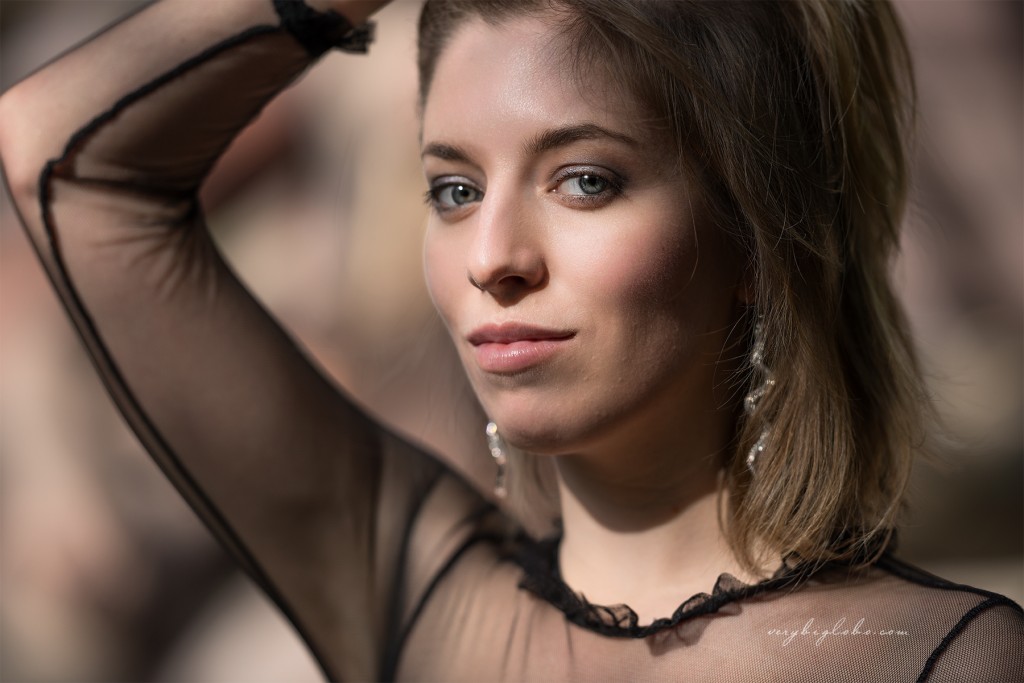
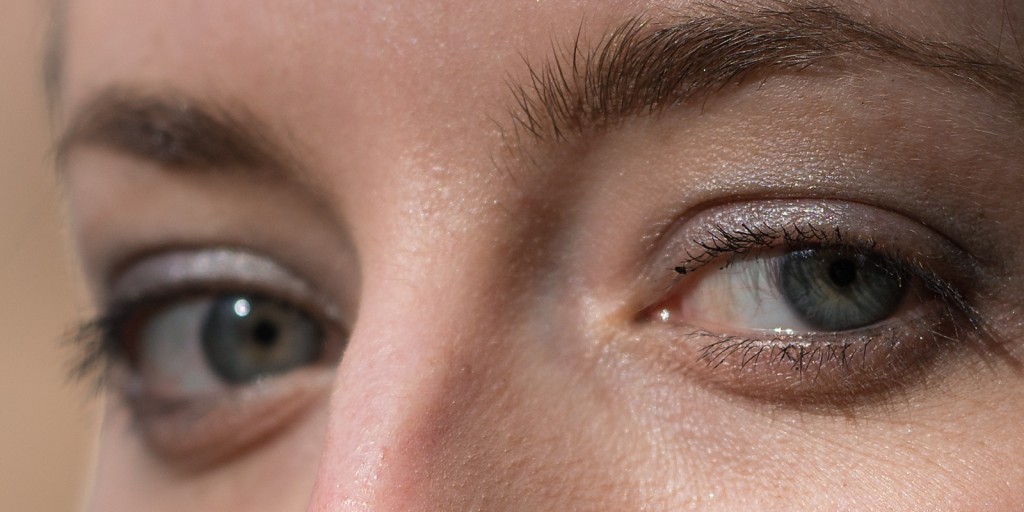
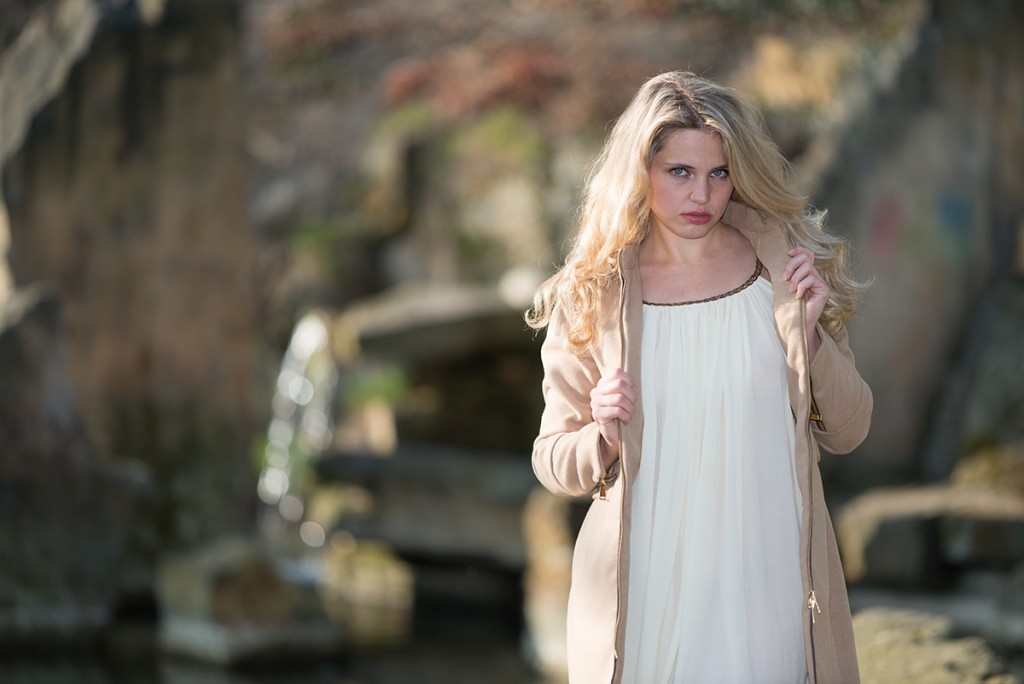
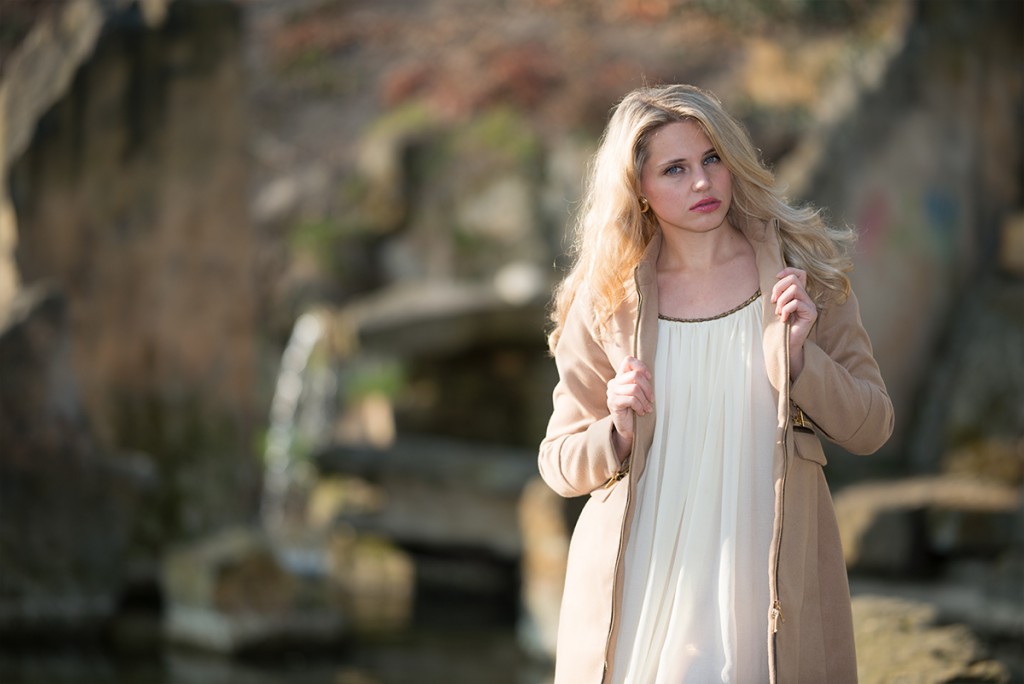
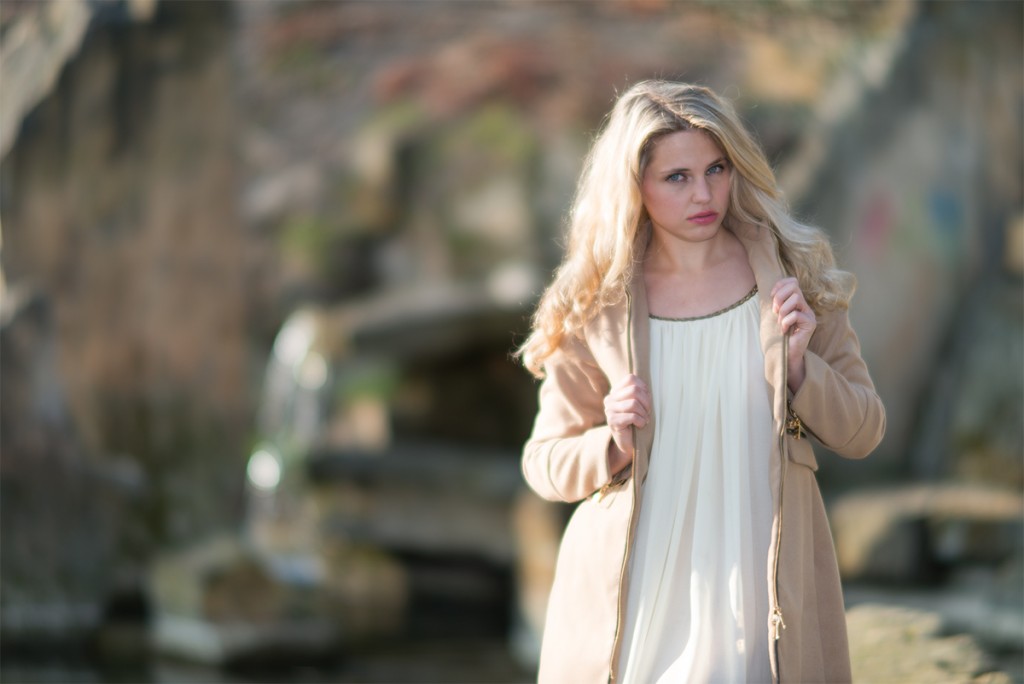
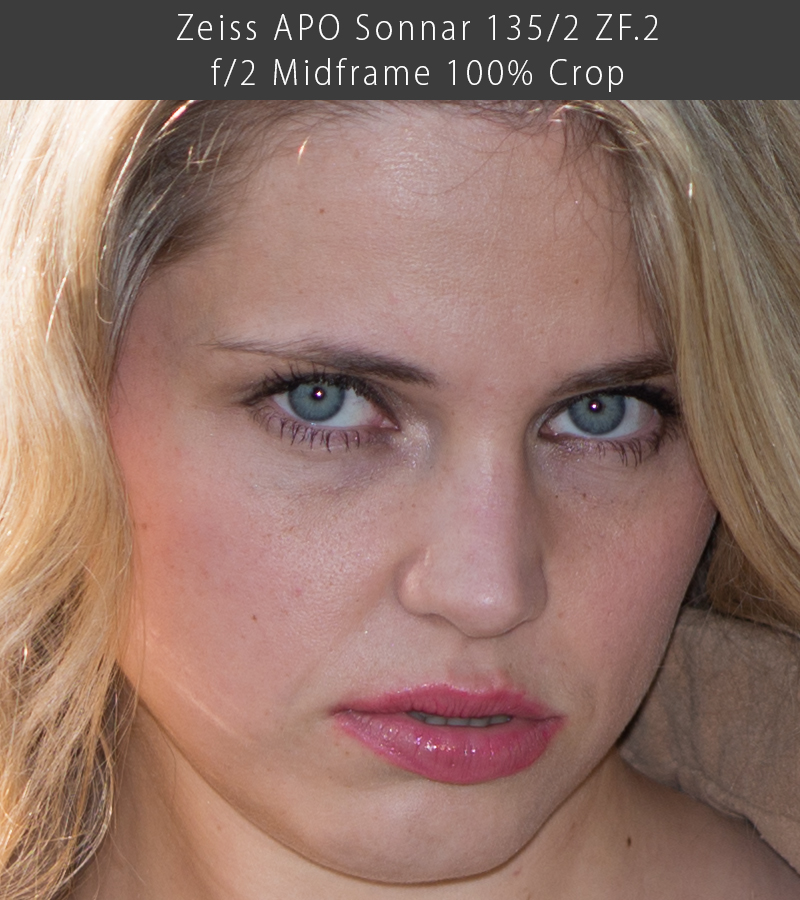
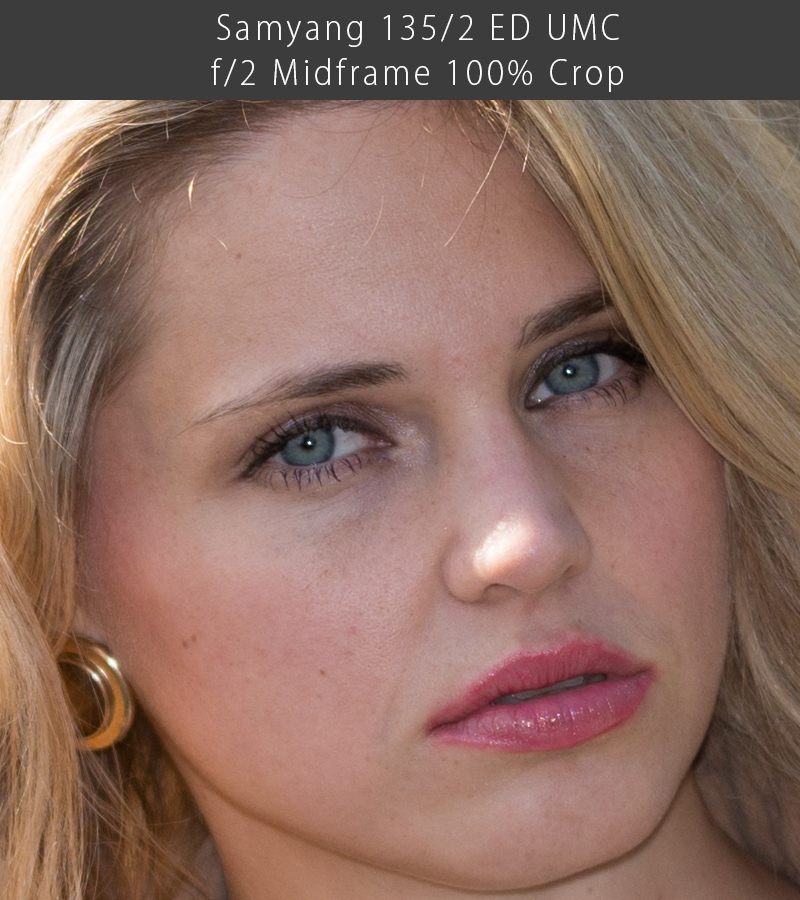
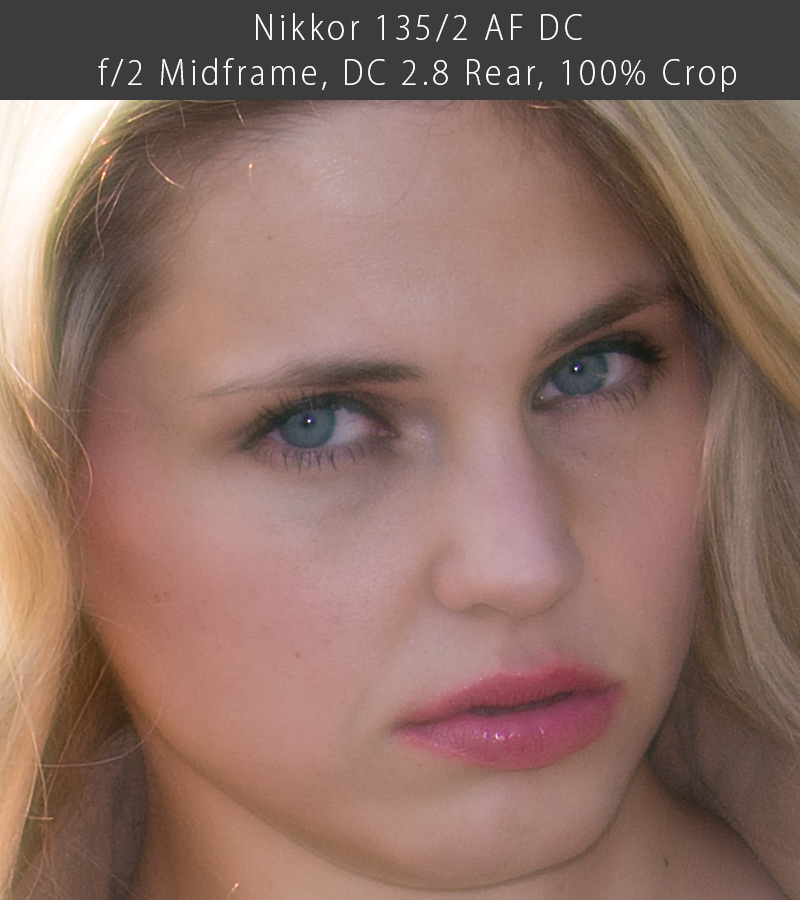
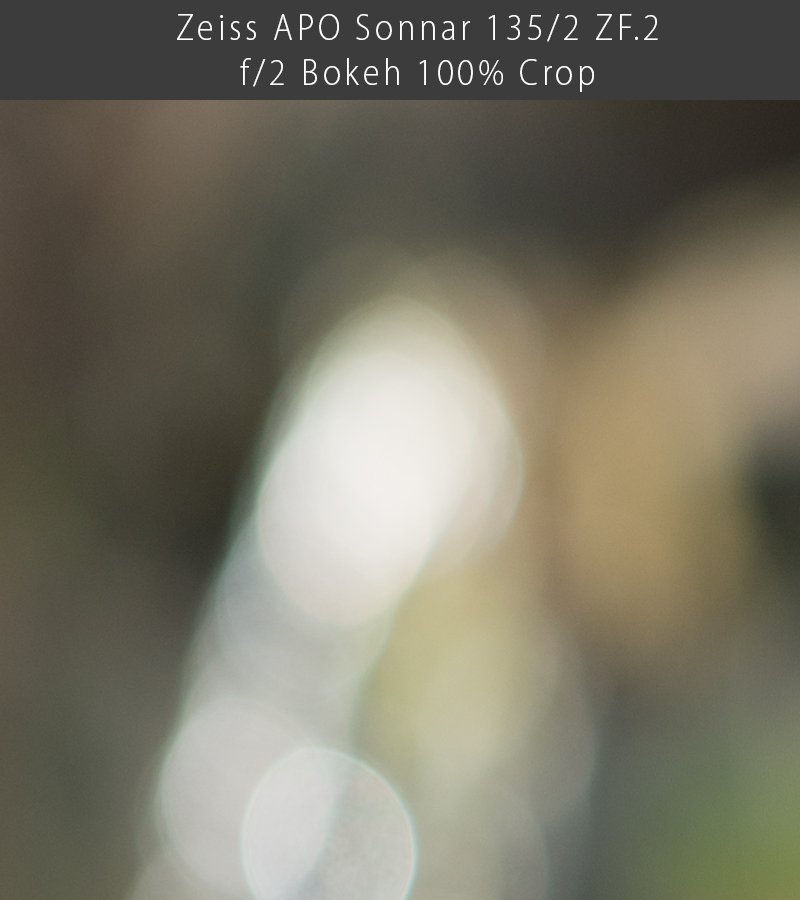
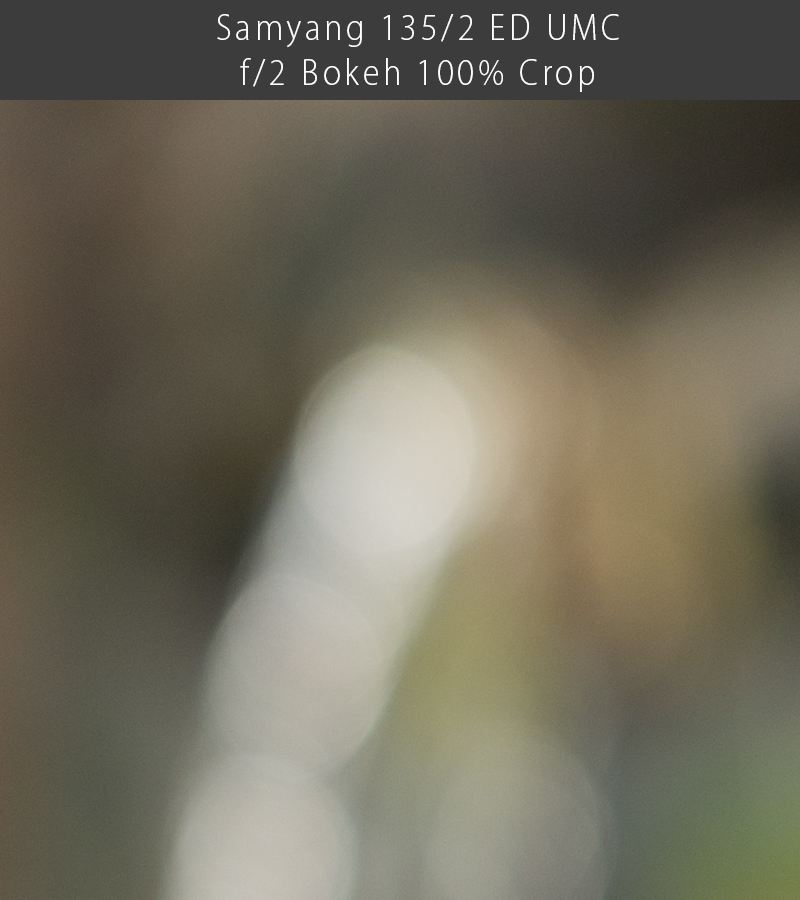
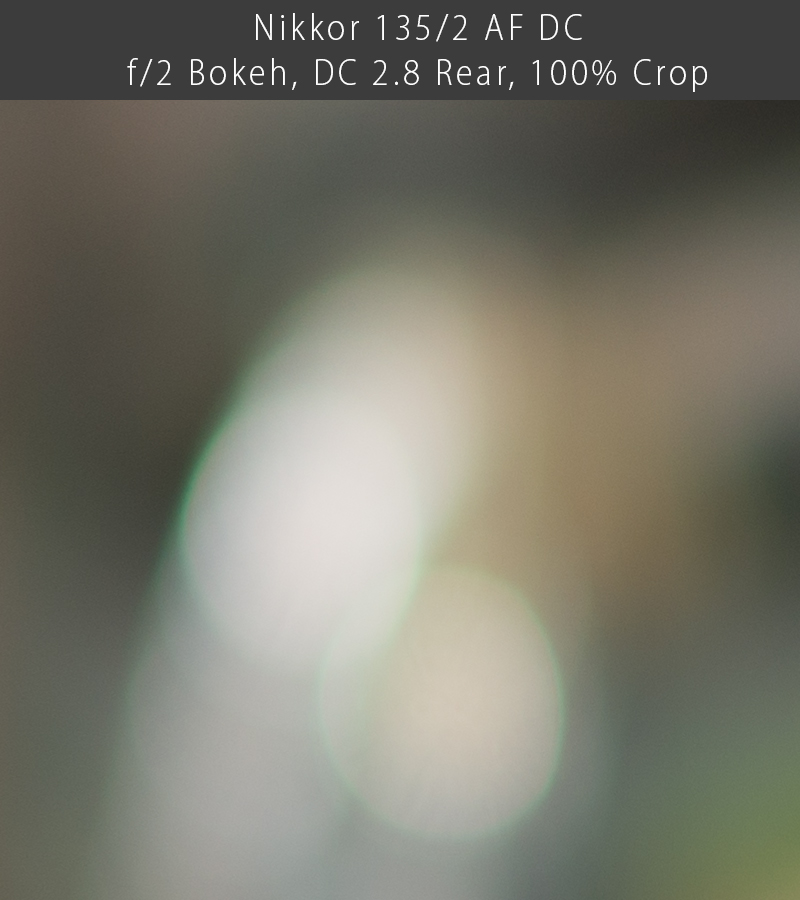
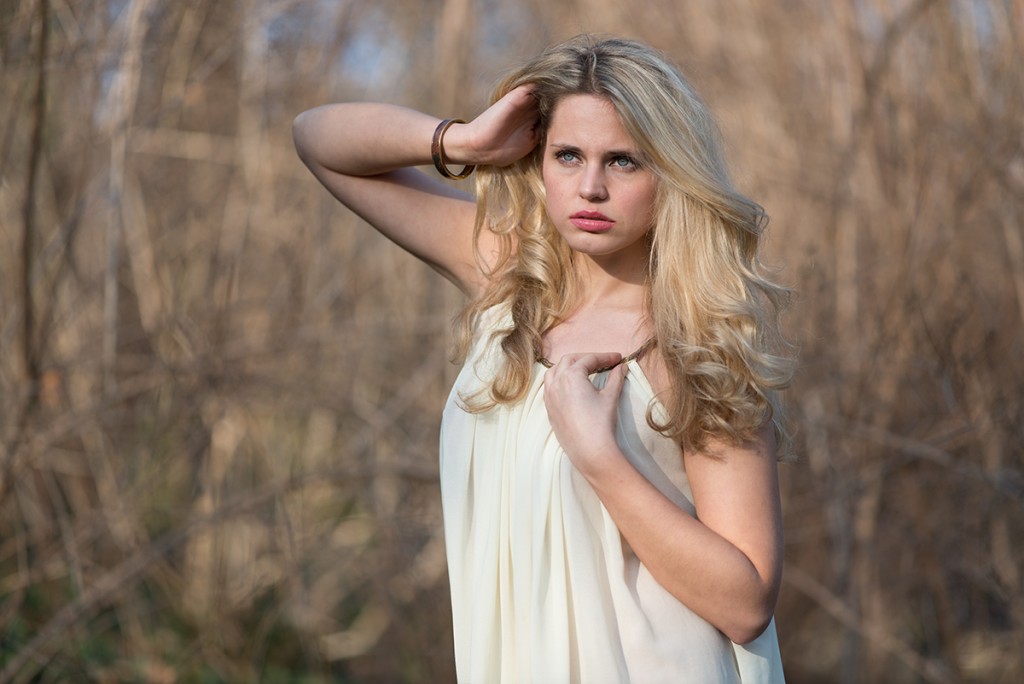
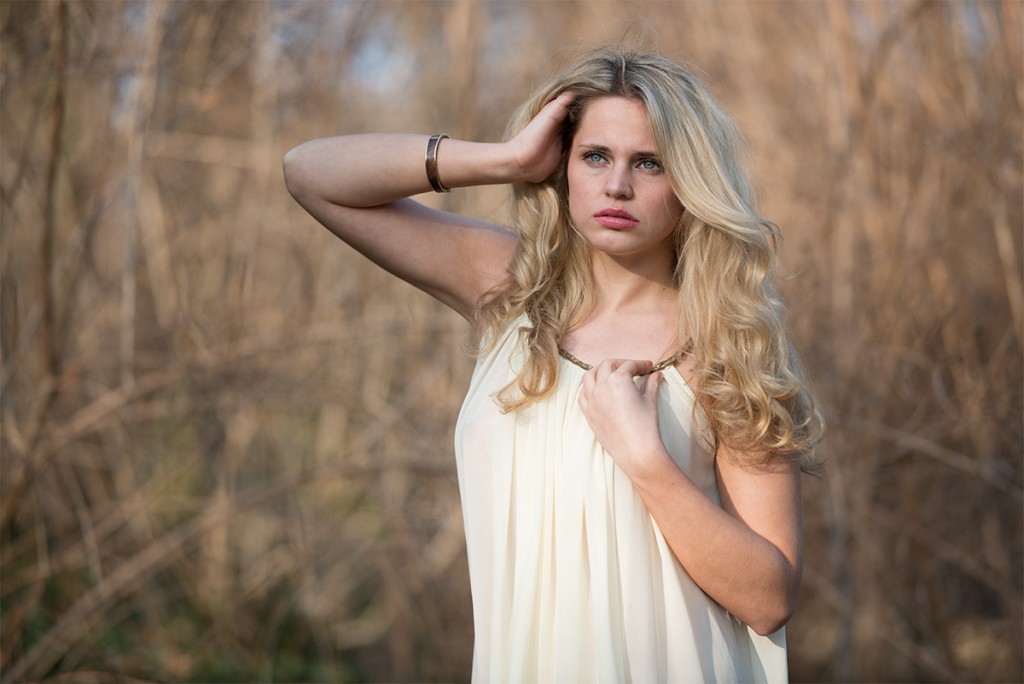
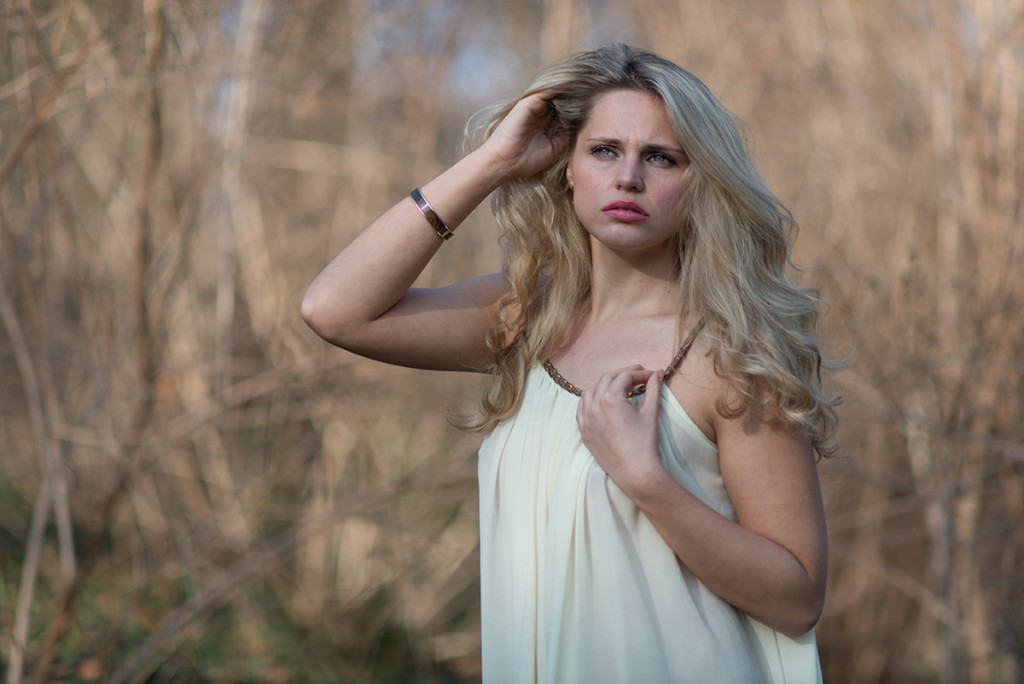
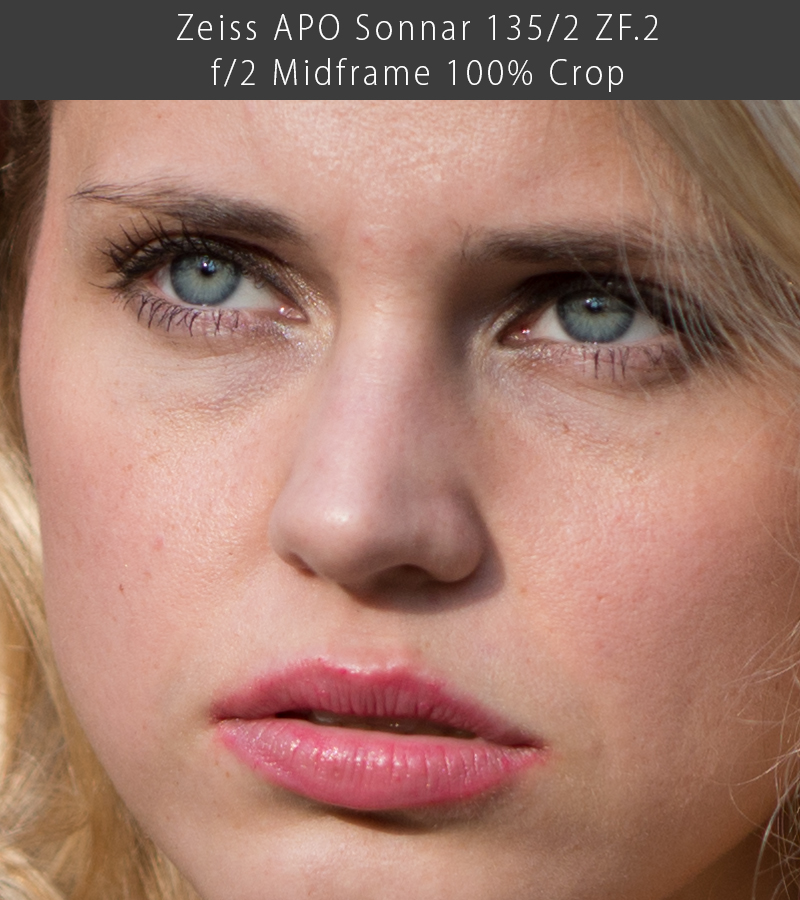
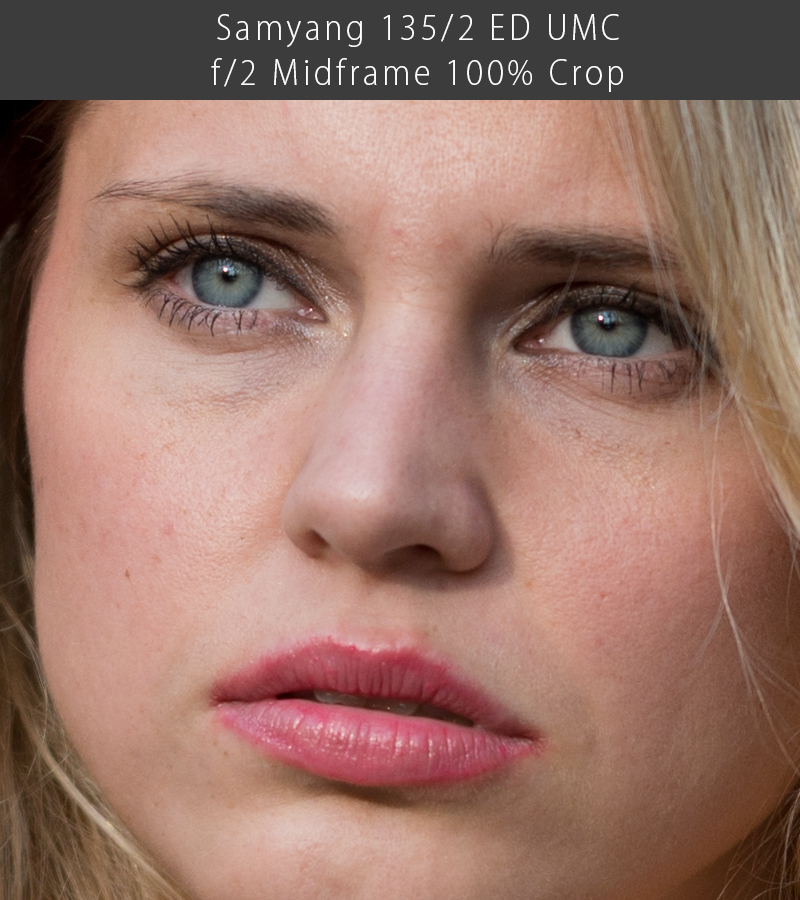
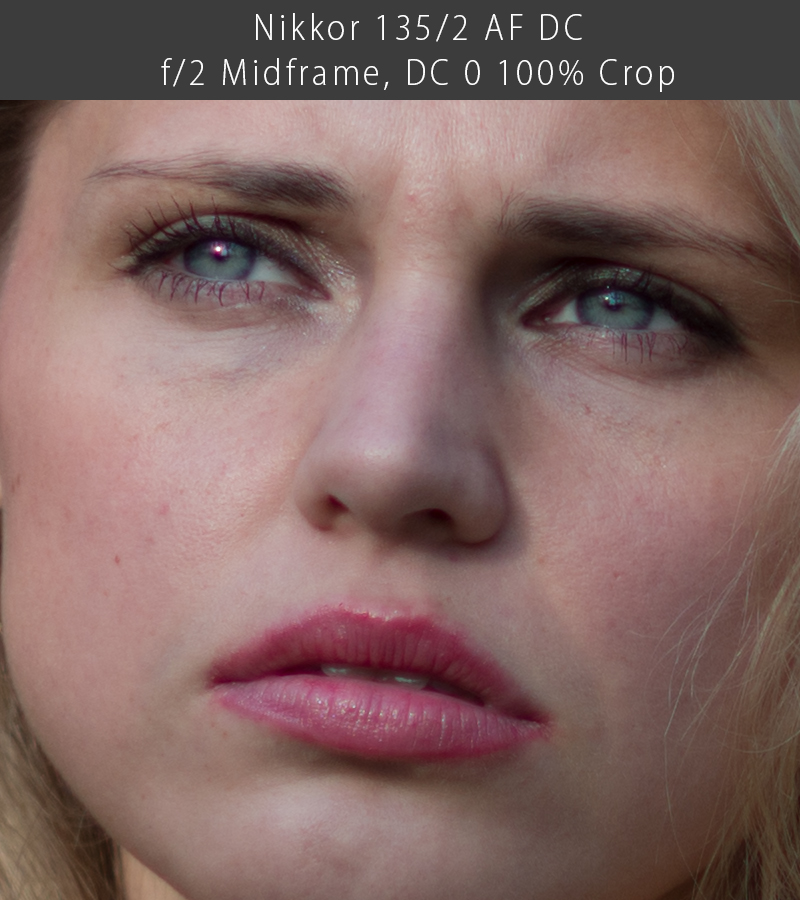
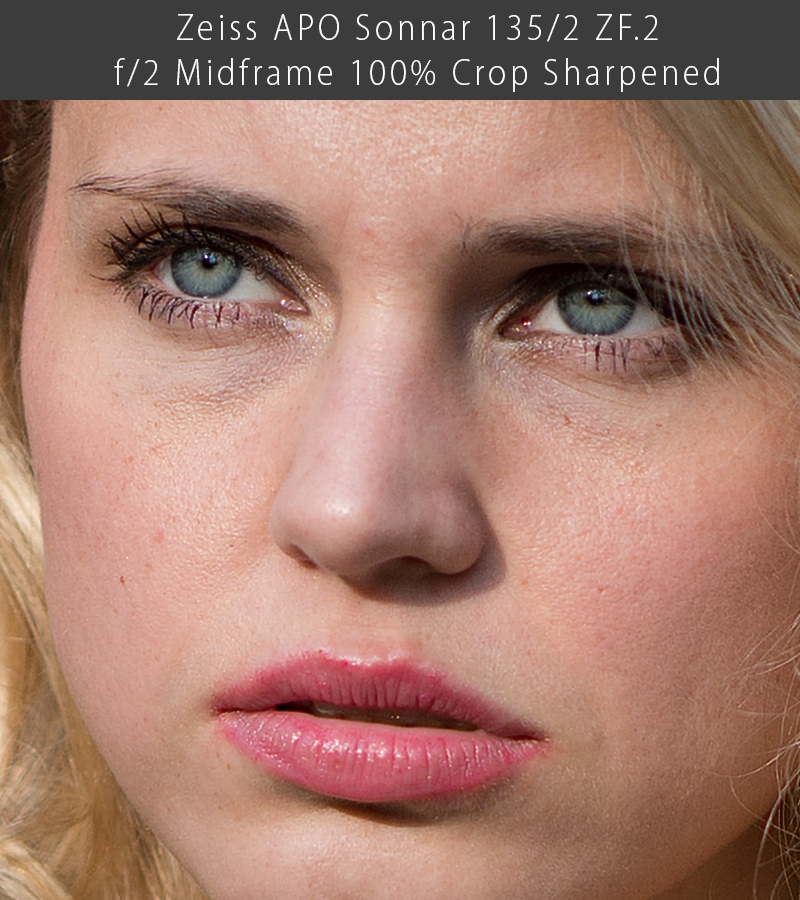
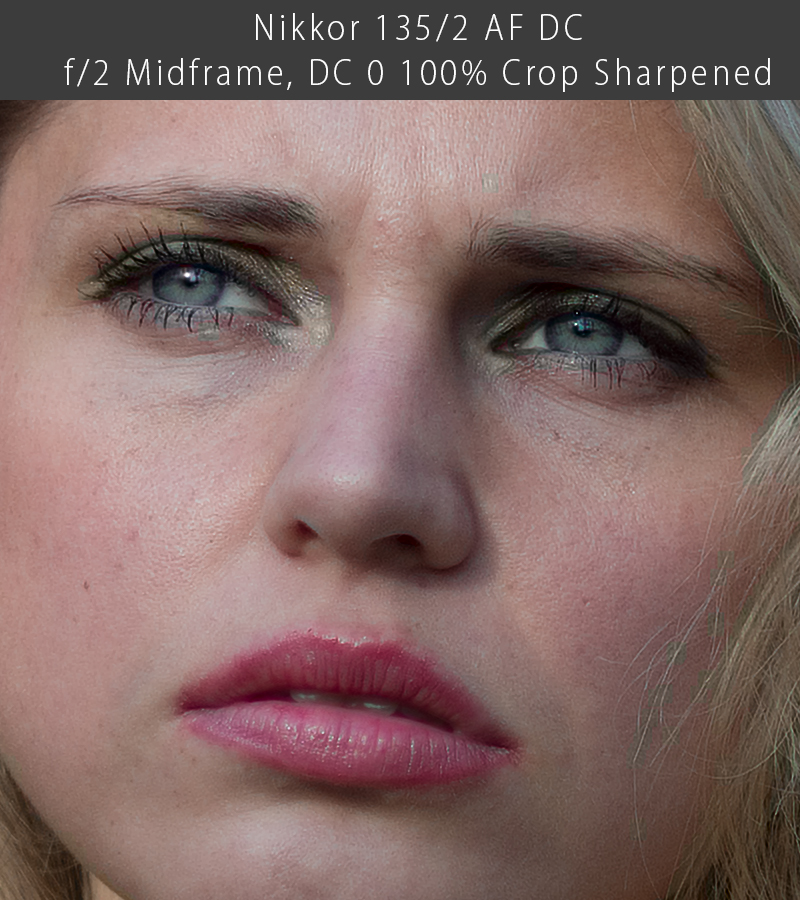
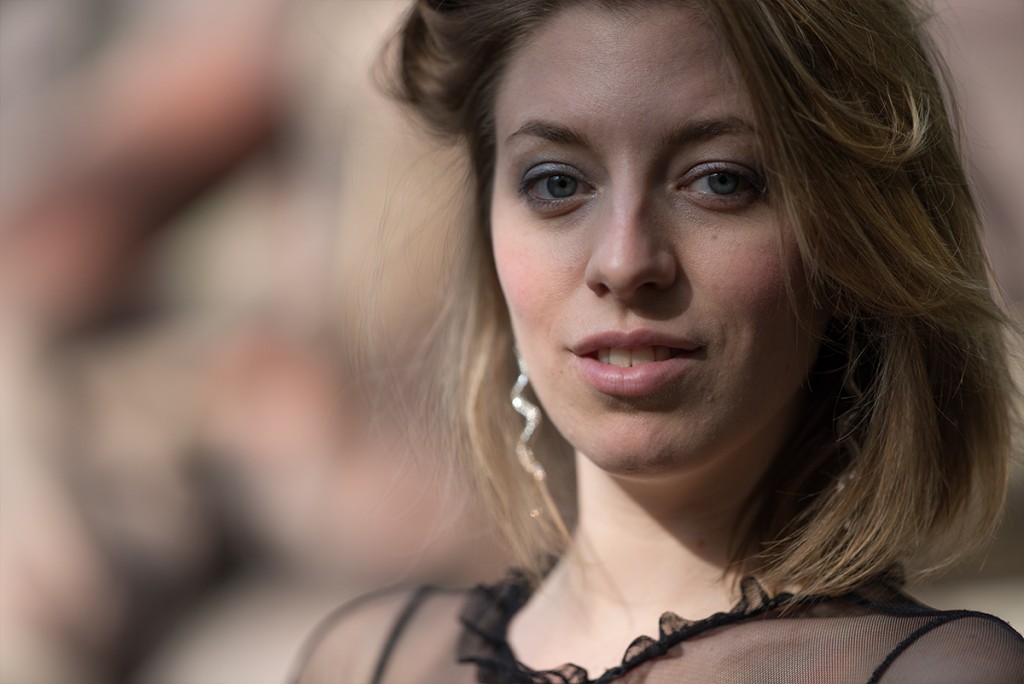
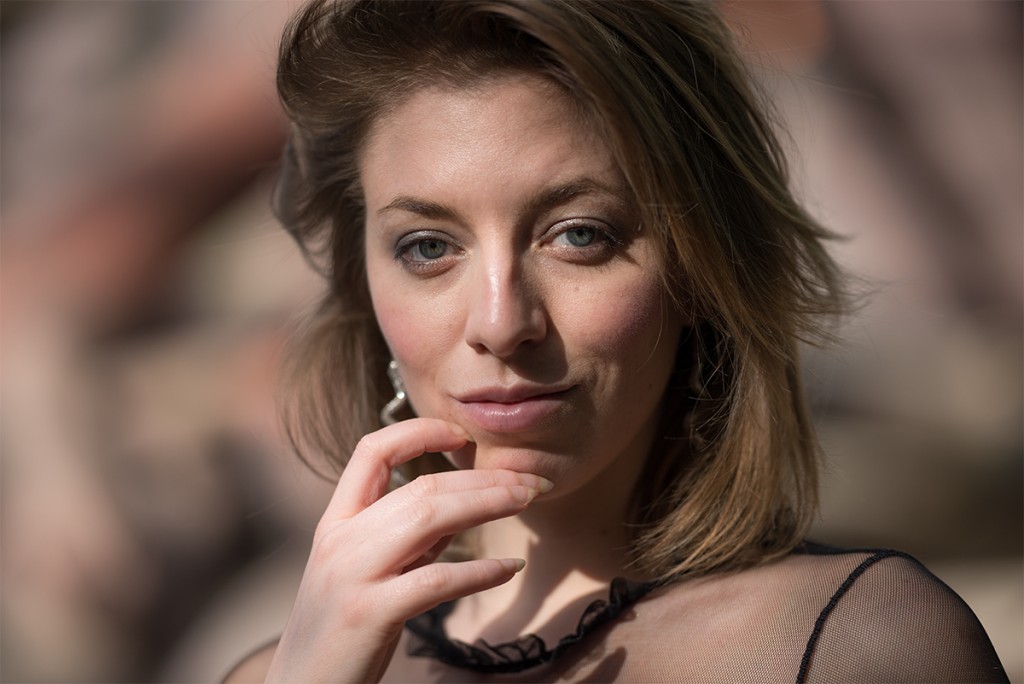
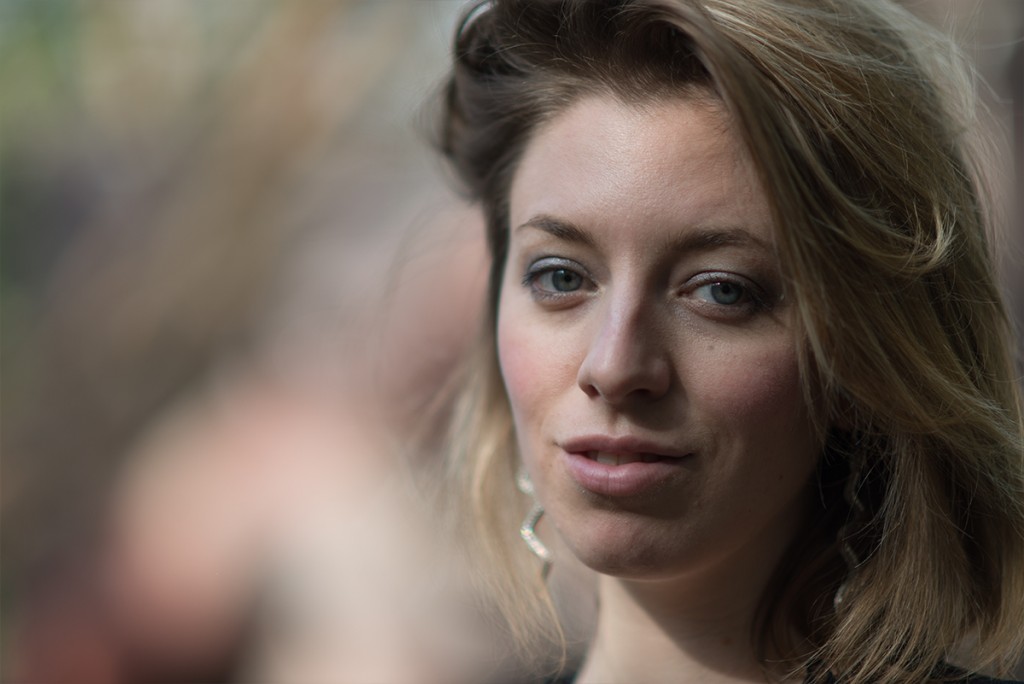
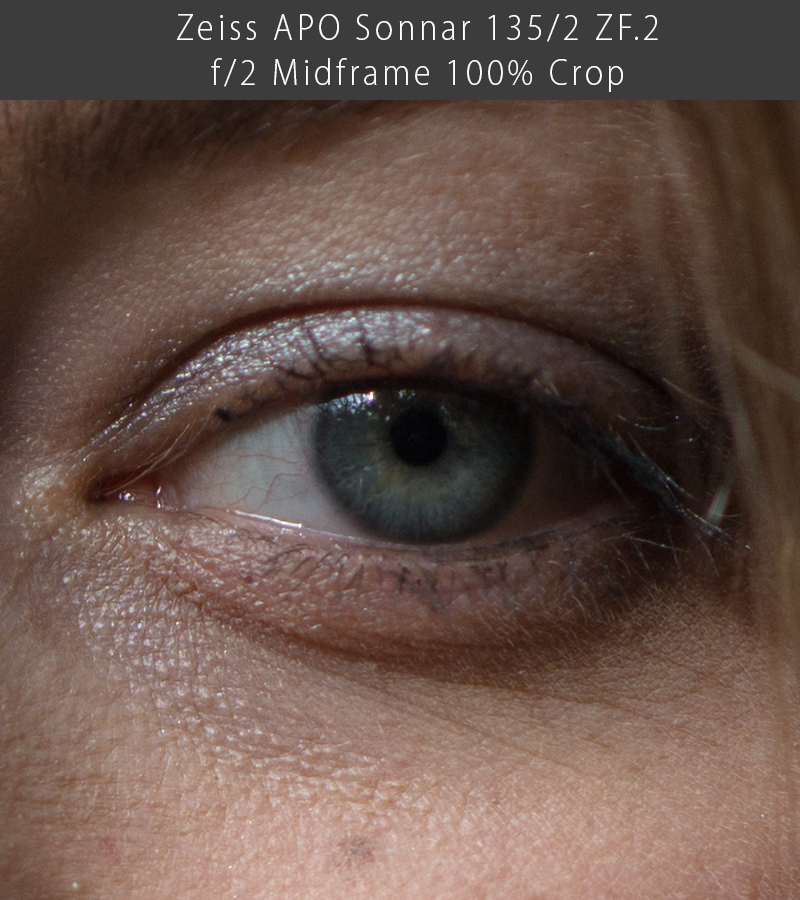
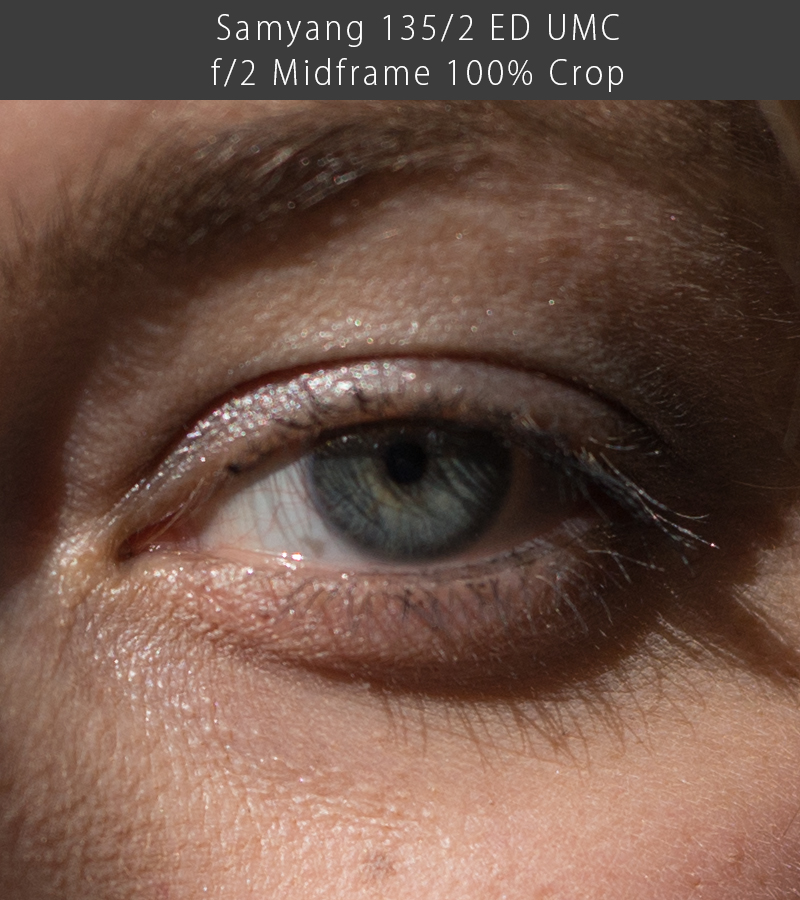
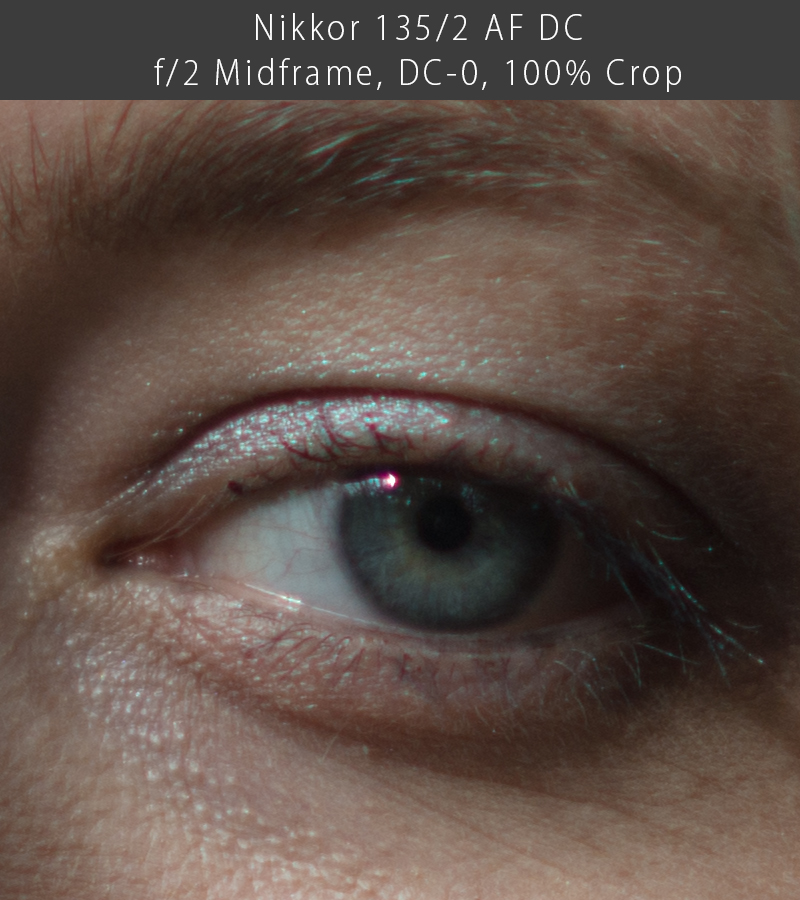

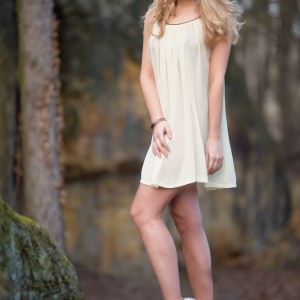
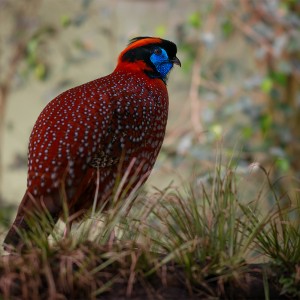
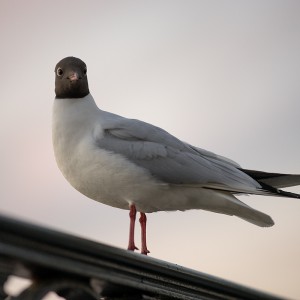

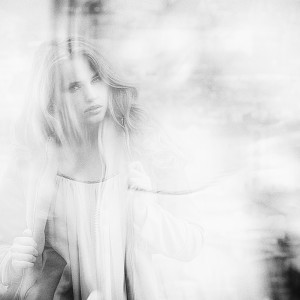
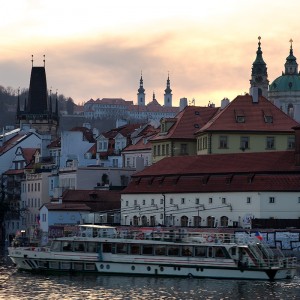
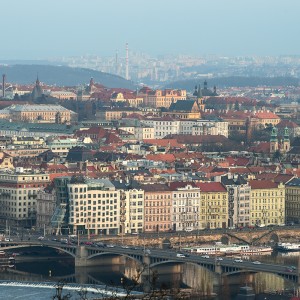
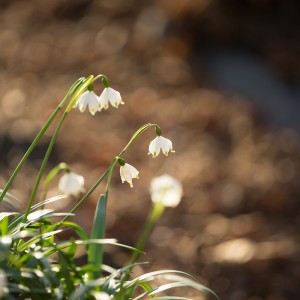
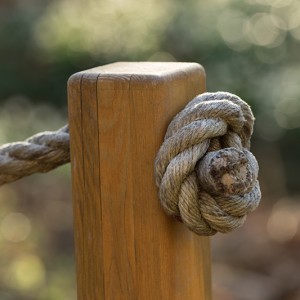
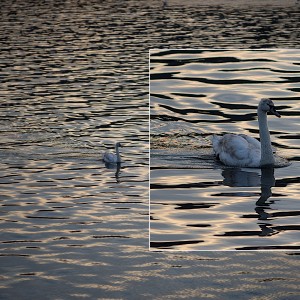
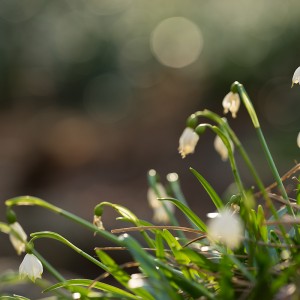

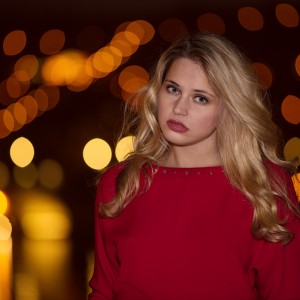




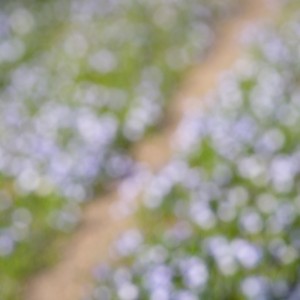

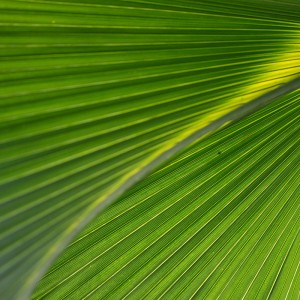
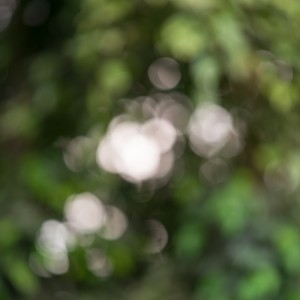

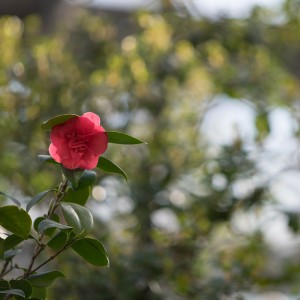
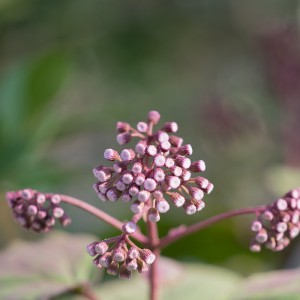
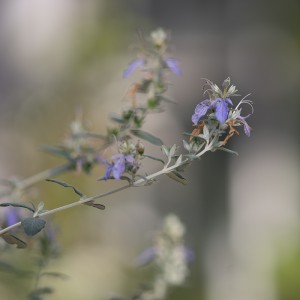
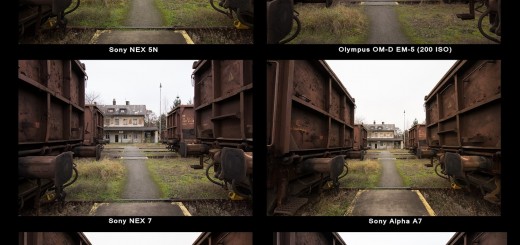
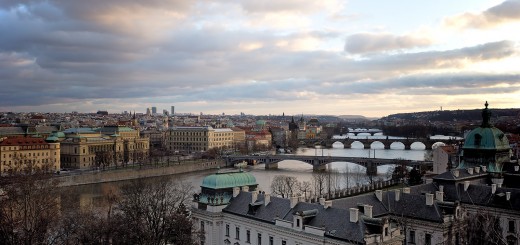
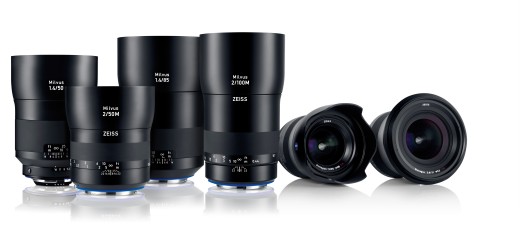













Hi. Was just curious as to which D/SLR would be suitable (not at fault regarding precise focus) at achieving critical focus with the Ziess 135mm f2 manual focus lens wide open, with its shallow depth of field. quickly without viewing aids. Especially do to my weakening eyesight as I age. For I do appreciate fine quality, but only when practical. Dennis
Hi Dennis,
using manual focus lenses with recent DSLR cameras is very tricky… There are some after market split screens such as – http://www.focusingscreen.com/work/d800en.htm
but using it will probably cause lot of troubles related to exposure or super imposed information in viewfinder.
Another option would be to use rear LCD with a hoodman or similar loupe and camera in live view mode (similar as it is used by videographers). In that respect I would suggest recent Nikon flagships such as D810 and D750 because they are using higher quality/resolution screens.
You can of course use mirrorless cameras such as Sony A7 series, if you don’t mind lack of EXIF, iTTL and compressed RAW.
I have solid success in using my regular viewfinder with DH17 magnifier view-piece and rubber eyepiece.
Initial focusing is just a part of the problem though, because DOF is so thin, that slightest movement of you or yours model will result in blur, especially at pixel level. There are nice software tools recently for repair of small motion blur such as shake reduction in photoshop CC or piccure + e.g.
Finally, it’s also about technique that will best suits your shooting style. I tend to use high speed drive mode (3-4 frames per second) whenever possible. When acquiring critical focus (or what I believe it should be) I take deep breath (which moves me slightly backward), fire the shutter and keep blowing the air out (which moves me slightly forward). At SS from 1/200s and faster I usually manage to have 1-2 sharp images in the series.
Cheers,
Viktor
One of the best reviews i ever read, much better than any done with in lab measurements. The Zeiss is not for me, i came here searching for reviews of the Samyang 135/2, which i now own (my 5th Samyang).
Keep the excellent work going!
Tomas
http://www.pbase.com/tomasg_71
Thank you very much Tom, I think you made great choice with Samyang.
Cheers,
Viktor
Very good review. I always was reluctant to get a Nikkor 135/2 dc due to color shift or lack of sharpness wide open. In a recent thread at Dpreview a very well respected photographer showed excellent images with sharpness and contrast better than the 70-200/2.8 vrii, a lens which is well respected. I pointed her to your blog and asked about her test, which didn’t show this softness and color shift. She explained that the Nikon lenses have oftentimes a problem with the DC ring. It is not perfectly calibrated (Nikon confirmed) and needs to be offset. Having found the “true” dc-ring position the results are excellent even wide open. Nevertheless, doesn’t change the fact that the Zeiss 135/2 is one of the best lenses out there.
Hi HF,
thank you for your comment.
I tested DC ring calibration prior to this test (right after the purchase) and what was presented here, was best wide open result, that I was able to achieve with the lens 🙁
I also tried two copies prior to purchase and this one was better of the two (sharpest in the center).
This doesn’t mean of course, that someone else can’t have better luck with its sample.
Other reason might have something to do with specific lighting conditions and distance to the subject.
I haven’t tried 70-200 f/2.8 VR II, we don’t have this lens, nor we have any contact with Nikon to get a testing sample, so I can’t comment on that, but I assume that comparison was made at f/2.8 and most of our results here were captured at f/2.
Zeiss is a fantastic lens for sure, but all of the lenses tested here are exceeding my photographic needs and skills anyway.
Cheers,
Viktor
Great review of Zeiss 135mm APO lenses and comparison (both lab and field) for the other 2 Nikon mount 135mm lenses. I got a 105mm F2 DC which is not as razor sharp as Zeiss 135mm APO (nor makro planar 100mm), but with a nice rendering skin tone. Thus my wife prefers the Nikon 105 much more than the Zeiss, because most of the time, girls don’t want to reveal the tiny defects on their face. Anyway, all great lenses but with definitely different emphasis.
BTW, the external purchase link seems to be messed up between Amazon and Adorama.
Hi Victor,
I like those Nikon DC lenses too. 105 DC is very nice lens indeed.
Thanks for the link warning, I will ask our IT guy to check it out.
Cheers,
Viktor
I have both the 135mm Zeiss and the 135mm DC Nikkor.
The are both fantastic wide open on my D600 or D810.
The DC Nikkor gives you Bokeh softness control to your
personal taste. Great review.
Hi Paul and thank you for your comment. I agree, they are both lenses with unique “signature”.
Cheers,
Viktor
Great review and good comparison. It almost feels like the Zeiss is good yet the vfm makes the Samyang a brilliant lens.
I had the Canon version of this lens and loved every single picture out of this lens. the color and pop are nothing short of amazing.
Is Samyan similar in that feel? From the pictures on close ups it does look like Samyang is sharper but as an overall picture there is something about the zeiss.
Is it just me ?
Hi Mark,
Samyang has somewhat warmer rendering (toward red) and build quality is nowhere near Zeiss. But that’s about it, and in a real life, I doubt that many will notice any resulting differences, when lenses are compared next to each other.
Zeiss is however tremendous lens in every aspect and beside giving the photographer outstanding optical corrections it is joy to use, especially when it comes to the manual focus speed and precision. (Tactile and responsive feeling is very important for MF)
Cheers,
Viktor
I agree with everyone here saying what a great review this was. It was exactly what I needed. I purchased the 135 DC about 6 months ago, and as much as i’ve been loving the bokeh, it bothers me that i have to shoot it at 2.5 (neutral) to get anything even close to usable in my standard, even then its not as sharp as i would like it.
So my next thought was… What could I replace it with, and the only two options i found were these two. My question to you is if you’ve found the overall contrast to be lower with the samyang? As well as the colors being too warm? I have a Rokinon/samyang 24 tilt, and the overall contrast seems low and flat… with the colors been quite warm. that being said I’m also aware that the 24 tilt isn’t exactly known for being sharpest lens.
I do use a color checker, so the colors can be calibrated, but its obviously not the best starting point if you know what i’m saying.
Hi jp,
thank you for the comment.
Regarding contrast, I can’t say it’s lower than Zeisss. In my eyes it’s on par (micro contrast I mean) and even in direct back light situations it holds well (that’s the area where Zeiss is traditionally very strong)
Color shift toward warm tones is obvious though and I wrote about it. I won’t find this as a deal braker, if you are not planning to:
a) use several primes per project (wedding eg.)
b) shot video often.
In both cases, you might find color shift correction in pp annoying and time consuming.
Hope it helps,
Viktor
Wow, i didn’t even notice your review was multi pages of indepth review! I didn’t see the color page. Now it leaves me questioning about the angle of view thing. Would you say that it really is just that close focus quote? I already have an 85 and i need the 135 to be a good step from eachother, otherwise i have a bit of redundancy in my bag. In part I’d like to be able to shoot Wide open for the best bokeh, but also to be able to let as much light as possible in dim churches (weddings). It makes me wonder if the vignetting on the ziess wide open cancels out the bright nikkor stopped down to f/2.5 (for usable sharpness)
Hi jp,
I would say that having 85 and 135 is a bit redundant in most situations, but to which FL is more useful, only you can find the answer. If you have any (even cheap manual zoom form 80′) something like 80-200 and similar, you can take it out for a week or so at 85 and later at 135 FL and simply get idea of what was more pleasing experience (you can use duct taoe to fix FL).
Thing is, that there will be always something longer with larger compression and smoother bokeh (resulting from shallower DOF).
My prefered FL are 14,21,28,85,200 mm, but lot of people will go with something like 16,24,35,50,85,135,200
I don’t feel a gap between 85 and 200 but YMMV. However, not so long ago, I prefered 135 over 85, so preferences are not only individual, but they are evolving in time.
If I have enough distance from the subject and I am after smooth background, it is hard to beat Canon 200/2 L IS (Nikon has similar lens), but I am loosing any kind of intimacy with the model. Image become “distant”, aesthetically impressive but emotionally a bit empty. Getting closer to the subject reveals more of the model personality and brings it closer to the environment. Simply said – 135 and longer are for studio like set-ups (even on location), while 100 and bellow are better (IMHO) for environmental portraits.
To get close to (almost equal) sharpness of the Zeiss/Samyang in the mid frame, you’ll need to stop nikkor to at least f/4. But using Nikkors Defocus Control, you can actually make your subject more isolated (from the background) in some situations, even if sharpness in general is lower.
It is always hard to give a good advice on a subject of lens choices, because we are all suffering fron GAS (or let’s say LAS in this case) and excitement of getting new “toy” often surpass any rationals behind.
I am testing and preparing review of new Milvus 50/85 vs comparable Planars and Otuses.
I don’t need any new lens for my job, but after seeing those lenses compared I ordered Otus 85/1.4. Why? Because it has best correction of CA that I ever saw on lenses bellow 200mm and because I knew that I will never be satisfied till I don’t get “best” 85. (Best optical correction I mean).
In a result I probably saved some money, jumping over Milvus (which is BTW excellent lens too), but I spent a fortune for the lens that in a real life, won’t change quality of my images. (At least not to the level that my clients could recognize)
If you really need 135, go with Zeiss. It is the best you can buy recently in that FL and if you don’t need it or you are not sure about FL, try cheap zoom as I suggested or try Samyang because you will loose less in case of re-selling.
Just my 2c.
Cheers,
Viktor
Yeah, I deffinently feel like 85mm is more practical in many situations, but I prefer 135 for a tight headshot/head+shoulders. I just think that the 85 isn’t compressed enough for those type of images. Thats why carry both, 135 if i can… 85 if I cant. 70% of the time my camera has the 85 mounted on it, but i roll with a 20-50-85-135 right now (outside of specialty tilt and macro’s), some day i’ll pick up a 35 but I’m really not a fan of anything in the 24-70 range… its like theres a lack of pizaz, but also not too flattering either…
money is actually tight, even though I do have the DC, it would be quite a hurdle to sell the dc for $800-$900 and turn around and buy a $1800 Zeiss. Thats obviously why the Samyang is so attractive, but its like “is it worth it?” I’d be getting funky colors, and greater vignetting, and possibly loose a fair amount of FL, and obviously AF to switch to the Samyang. IDK i sit at a crossroad and your artical is top notch!
Thanks jp and good luck with your choice. On a positive side, you can hardly make critical mistake those day. Oh and if you want maximum isolation at 135, how’s about – http://www.zyoptics.net/product/pre-order-mitakon-speedmaster-135mm-f1-4/ 🙂
Cheers,
Viktor
Holly HOLGA Batman, that is a fast 135!
Yeah… It’s very compact and light too…
I would love to test it though, but with only 100 pcs. planned for production, (or maybe that’s just marketing trick?) I would hardly be able to put my dirty hands on it. Dpreview tested preproduction sample and if I remember correctly, they were kind of positive.
Cheers,
Viktor
Thanks for the review. Looks like I am putting my money in the Samyang, same sharpness and better bokeh/separation for a quarter of the price.
In the color rendering test, the Zeiss image is actually from the Samyang.
Color rendering is the most important difference between the two lenses as far as IQ is concerned, so that should be corrected.
^^^ I mean the one with WB corrected.